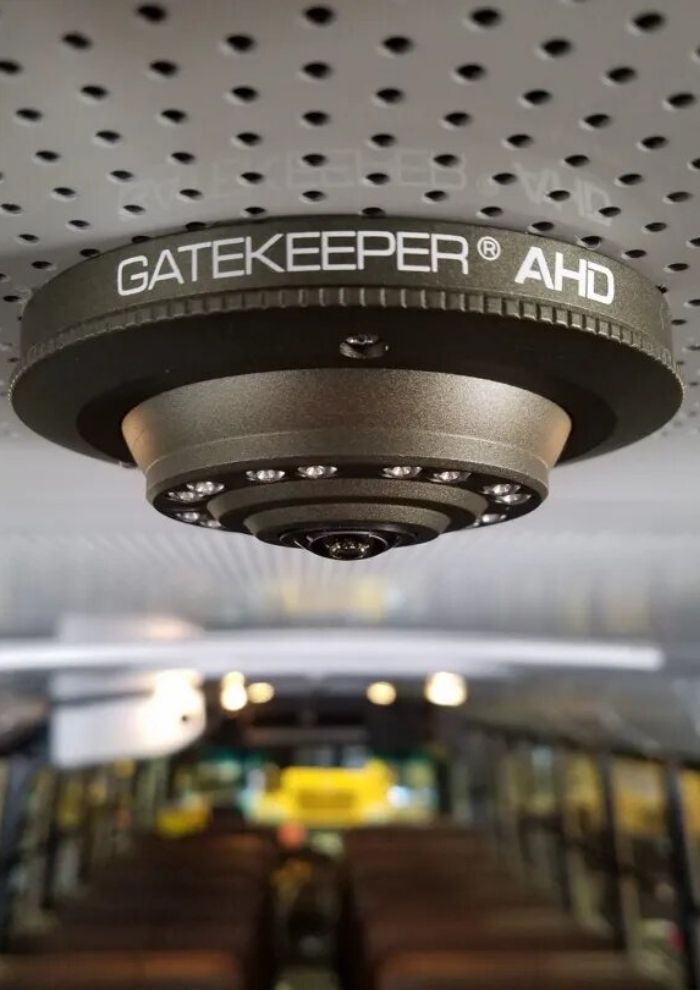Streamlining School Bus Operations: The Power of Wireless Video Management
With increasing demands and limited budgets, running an efficient school bus fleet is more important than ever before.
School transportation directors need more than the traditional tools that have been used to manage school bus operations.
As more and more technology has been integrated with school buses, advanced solutions have been developed that can improve efficiency and safety.
With these new advancements in technology, there are now ways to reduce operational costs in ways that have never been possible before.
For instance, school buses with camera systems have required manual processes for retrieving and handling video footage.
Converting to wireless technology to manage school bus camera systems can help districts save on costs and make daily operations smoother and more effective.
The Challenges of Traditional Video Management
Managing video footage manually in school buses comes with several challenges.
Traditional methods involve physically retrieving and handling video, which is time-consuming and inefficient.
Transportation staff need to locate and remove Mobile Data Collectors (MDCs) from buses, return them to the office, and then download the footage.
This process can be especially time-consuming in larger fleets where finding the right bus and MDC can take even more time.
Extracting video manually also means school transportation departments need to maintain a large stock of spare MDCs, which increases costs.
There is also the hidden costs of human error. Manual processes have more opportunities for mistakes, which can lead to missing or incomplete footage.
Benefits of Wireless Technology
Wireless technology solves many of the inefficiencies of traditional video management.
Gatekeeper’s line of advanced wireless MDCs allows for automatic downloading of video and data over Wi-Fi when buses return to the bus yard.
This eliminates the need for manual retrieval and handling to manage MDCs, saving time and reducing errors.
This technology can also be programmed to download specific events automatically, such as a driver alert button being pressed or stop-arm violations.
Streamlining Operations
Wireless video management technology simplifies the process of handling video footage from school buses.
With automated wireless downloads, videos begin downloading as soon as the bus enters the yard.
This allows staff to use their time on other important tasks, knowing that video footage will be available without manual intervention.
Additionally, remote management reduces the need for spare MDCs, cutting down on costs and storage needs.
By minimizing manual processes, school districts can operate more efficiently, ensuring quicker responses to incidents and better overall management of their transportation systems.
Estimating the ROI
To understand the potential savings from wireless video management, here is an example of a typical school district’s current manual process.
A school district in Virginia with a fleet of about 150 school buses reported spending significant time retrieving video manually.
They estimated traveling 100 miles per week to retrieve MDCs, taking about 10 minutes per mile.
This results in approximately 1,000 minutes spent on travel each week.
Additionally, locating the right bus and MDC takes about 10 minutes per incident, occurring 7-10 times per week, adding another 70-100 minutes.
In total, the district is spending around 1,070-1,100 minutes weekly on manual video retrieval.
By switching to wireless video management, which takes about 10-20 minutes per incident, the total time spent would drop to 70-200 minutes per week.
This results in a weekly time savings of 870-930 minutes (roughly 15 hours), highlighting the significant efficiency improvement and cost reductions possible with wireless management.
Cost Savings
One major advantage of a wireless system is the reduced need for spare MDCs, as wireless downloads eliminate the need to swap units frequently.
This cuts down on inventory costs and the time required to manage spare MDCs.
With traditional video retrieval, staff may also need to chase down the specific MDC needed to review footage.
Wireless management simplifies this process, allowing staff to access footage directly and instantly.
Automated wireless downloads streamline the process further.
It is also user-friendly.
For instance, if a download is interrupted, such as if a bus has to leave the yard mid-download, it will resume automatically when the bus returns to the yard.
This reliability means less time spent troubleshooting and more efficient operations overall.
For fleets using multiple different types of MDCs, this savings can be significant.
Advanced Capabilities with G4 Vision
Gatekeeper’s G4 Vision offers advanced features to enhance school bus fleet management.
It is more than just video management, it includes a suite of advanced features such as system health checks and wireless MDC configuration.
With wireless configuration capabilities for MDCs, staff can adjust MDC settings via Wi-Fi and minimize the need to physically access each unit and reducing downtime.
Health Check is another critical feature of G4 Vision. It actively monitors the health status of wireless MDCs and cameras on each vehicle, reporting any issues back to the health check server daily.
This proactive approach helps fleet managers quickly identify and resolve equipment problems, ensuring that all video recording equipment is functioning correctly.
These capabilities allow transportation directors to monitor their fleets more effectively, ensuring that school buses are operating safely and efficiently.
Conclusion
Wireless video management technology offers significant benefits for school bus transportation.
By automating video downloads and reducing the need for manual processes, these technologies save time and reduce costs.
The ROI from implementing such systems is clear, with substantial efficiency gains and improved safety outcomes.
Gatekeeper is committed to providing innovative solutions that enhance operational efficiencies and ensure the safety of students.
As school districts continue to seek ways to optimize their operations, wireless solutions stand out as essential tools for the future.





